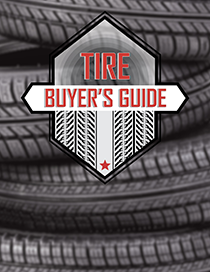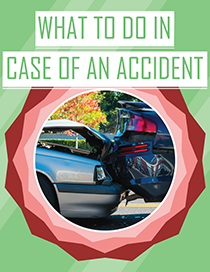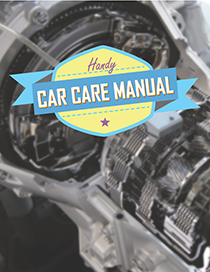Tires & Winter Roads
Tires play a critical role in maintaining traction and control on winter roads, where conditions can be hazardous due to snow, ice, and slush. Several factors contribute to how well tires perform in winter conditions:
- Tread Pattern: Winter tires are designed with a tread pattern that includes deep grooves and sipes (small channels) to enhance traction on snow and ice. The tread design helps the tire bite into the snow and evacuate water and slush to maintain contact with the road surface.
- Rubber Compound: Winter tires use a specialized rubber compound that remains flexible in cold temperatures, providing better grip on icy and snowy roads. This flexibility allows the tire to conform to the road surface, increasing traction.
- Siping: Sipes are small slits in the tire tread that provide additional biting edges for improved grip on slippery surfaces. They help enhance traction and stability, especially in icy conditions.
- Tire Size and Pressure: Using the correct tire size and maintaining proper tire pressure are essential for optimal performance. Underinflated tires can reduce traction and compromise handling, while overinflated tires may reduce the tire’s contact patch with the road, affecting grip.
- All-Wheel Drive (AWD) and Four-Wheel Drive (4WD) Vehicles: While AWD and 4WD can provide better traction by distributing power to all four wheels, they do not improve braking or cornering performance on slippery surfaces. Winter tires are still essential for safe driving in winter conditions, regardless of the vehicle’s drivetrain.
- Studded Tires: In regions with extreme winter conditions, some drivers opt for studded tires, which have metal studs embedded in the tread for additional grip on ice. However, studded tires may be restricted or prohibited in certain areas due to their potential to damage road surfaces.
It’s crucial to remember that even with the best tires, drivers should adjust their driving behavior to match the road conditions. Slowing down, increasing following distances, and avoiding sudden maneuvers can help prevent accidents and ensure safe travels during the winter months. Additionally, regularly inspecting tires for wear and damage and replacing them as needed is essential for maintaining optimal performance and safety on winter roads.







